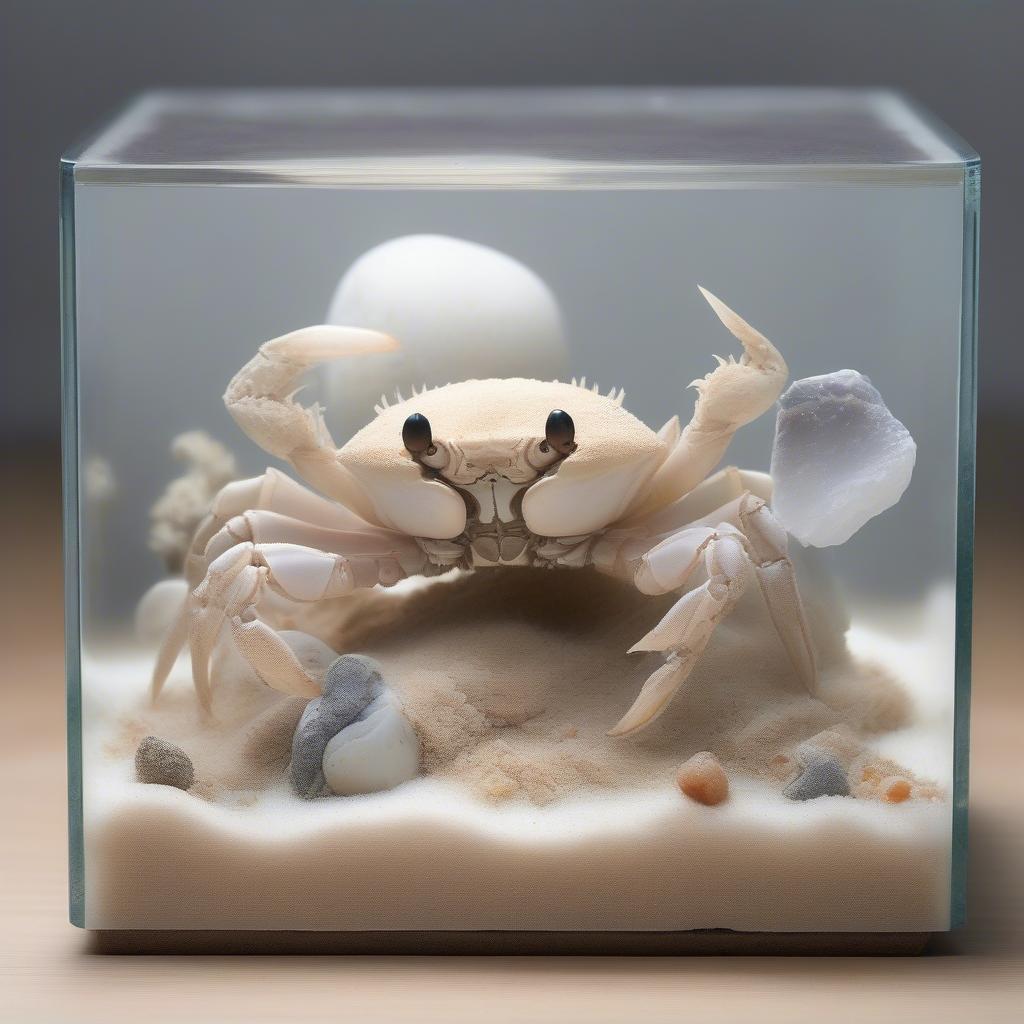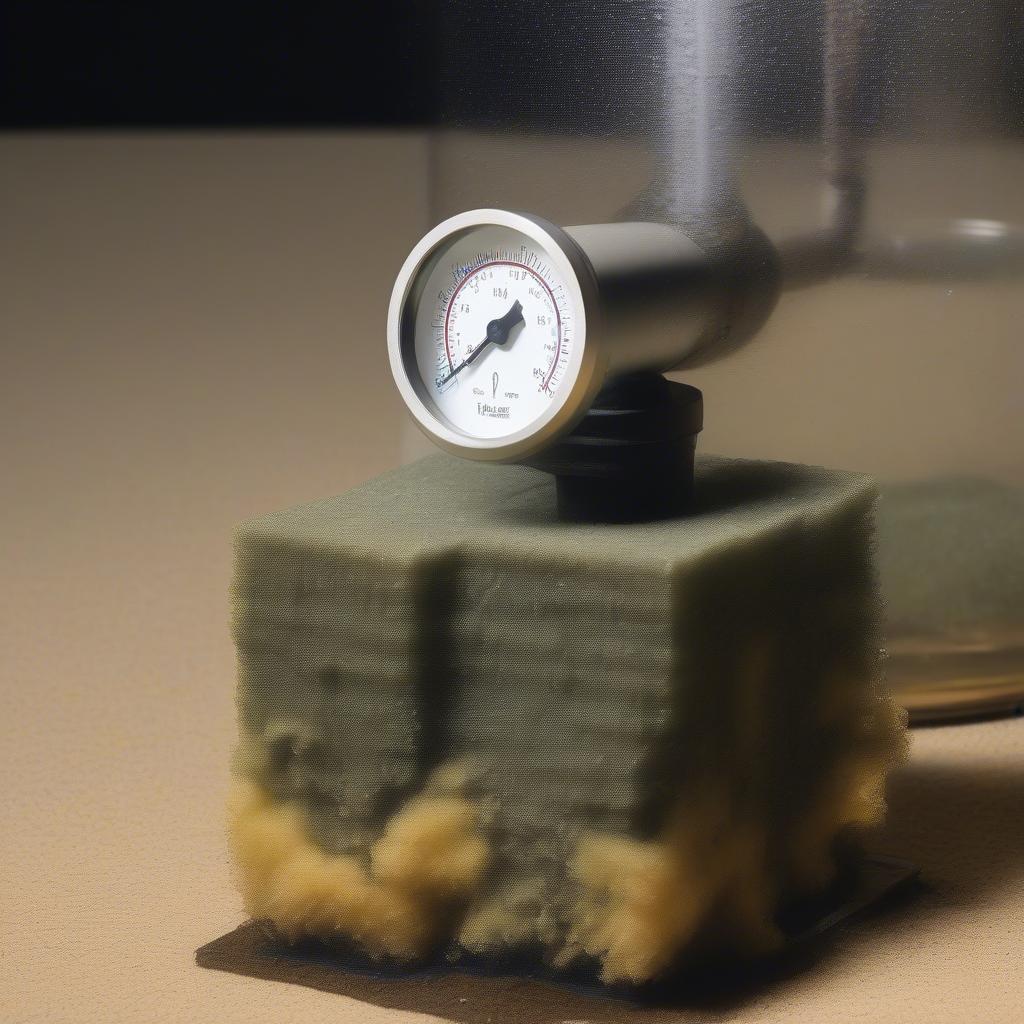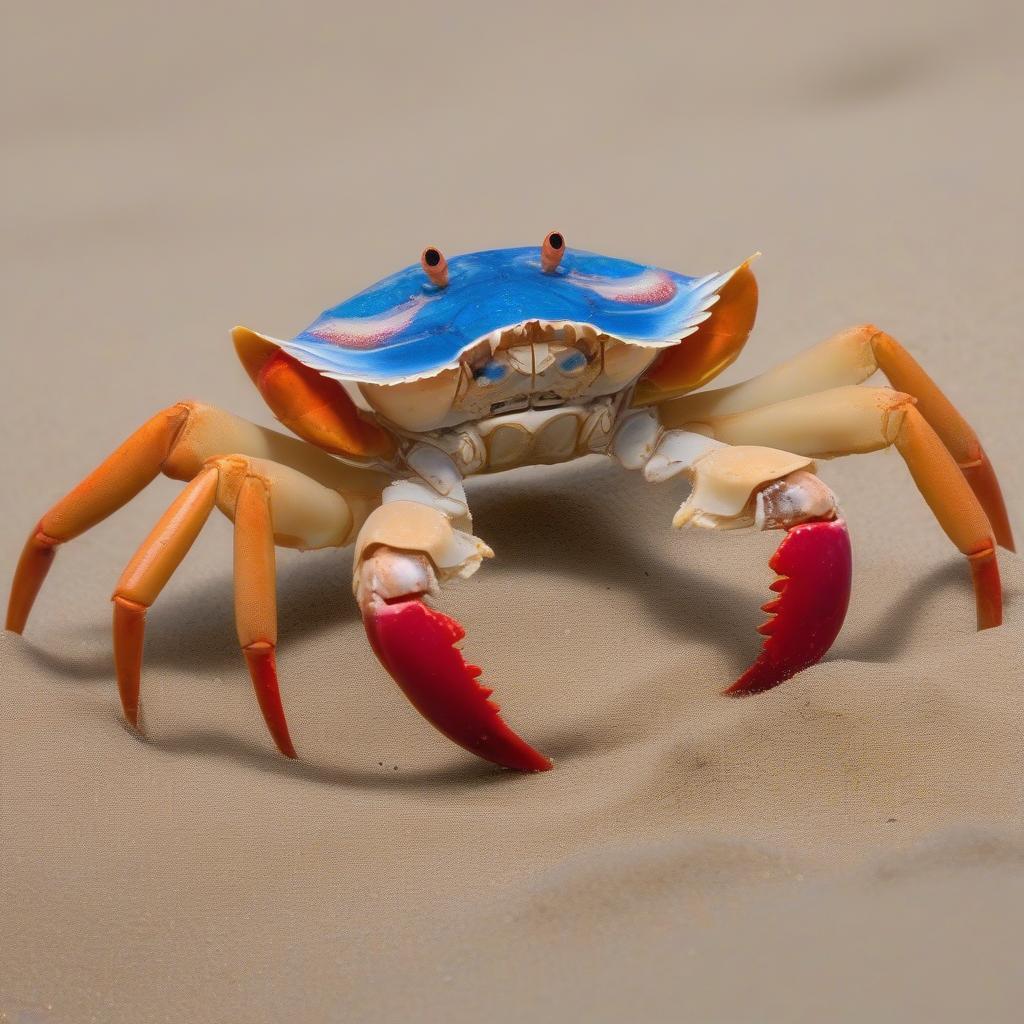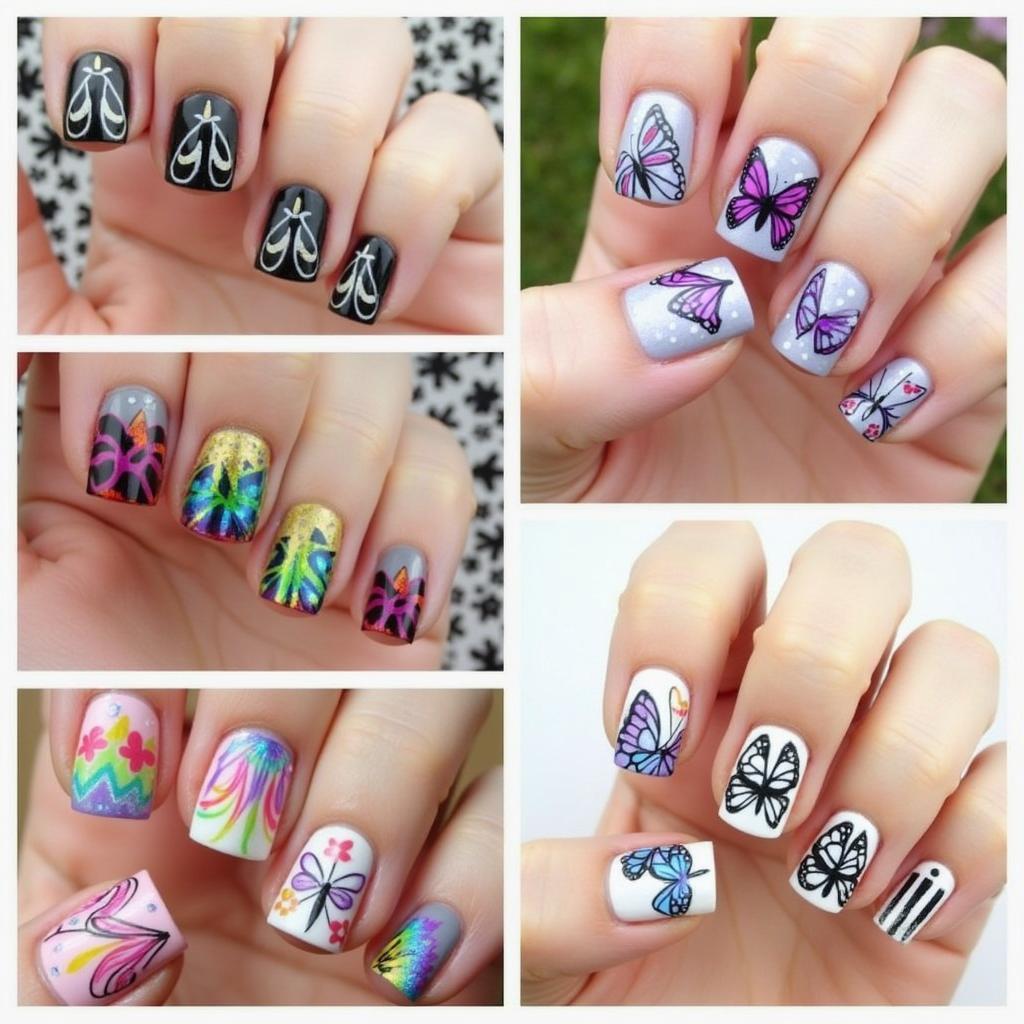
Moon Crab Care: A Comprehensive Guide
- AmazoniaSilva
- Tháng 12 10, 2024
- Zodiac signs
- 0 Comments
Moon crabs, also known as Matuta victor, are fascinating creatures that add a unique touch to any saltwater aquarium. Caring for these captivating crustaceans requires specific knowledge and attention to detail to ensure their health and well-being. This comprehensive guide will provide you with everything you need to know about Moon Crab Care, from setting up their ideal habitat to providing the proper diet and understanding their unique behaviors.
Creating the Perfect Moon Crab Habitat
Providing a suitable environment is crucial for the health and happiness of your moon crabs. They require a specific substrate, water parameters, and tank setup to thrive. Let’s dive into the essential elements of a perfect moon crab habitat.
Substrate and Tank Setup
Moon crabs are natural burrowers, spending a significant amount of their time buried in the sand. A deep sand bed, at least 4-6 inches, is essential to allow them to exhibit their natural burrowing behaviors. Fine, aragonite sand is an excellent choice as it mimics their natural environment. Avoid using crushed coral or other coarse substrates as these can damage their delicate appendages. Adding live rock or other decorations can provide additional enrichment and hiding places, but ensure they are secure and won’t collapse when the crabs burrow.
 Moon Crab Tank Setup with Deep Sand Bed and Live Rock
Moon Crab Tank Setup with Deep Sand Bed and Live Rock
Water Parameters
Maintaining proper water parameters is vital for the health of your moon crabs. They require stable salinity levels, temperature, and pH. Aim for a specific gravity between 1.020 and 1.025, a temperature between 72-78°F (22-26°C), and a pH between 8.1 and 8.4. Regular water changes are essential to maintain water quality and remove any accumulated waste.
Filtration and Oxygenation
Adequate filtration and oxygenation are crucial for a healthy moon crab environment. A good quality filter will help remove waste and maintain water clarity. Ensure the filter intake is covered with a sponge or other protective material to prevent the crabs from getting sucked in. An air pump and air stone will provide necessary oxygenation and create gentle water movement.
 Moon Crab Tank Filtration and Oxygenation Setup
Moon Crab Tank Filtration and Oxygenation Setup
Feeding Your Moon Crab
Moon crabs are opportunistic scavengers and will eat a variety of foods. Providing a balanced diet is essential for their health and growth.
Diet and Feeding Schedule
A varied diet consisting of meaty foods, algae, and prepared crab food is ideal. Offer small pieces of fish, shrimp, mysis shrimp, and other seafood, along with dried seaweed or algae wafers. Supplement their diet with a high-quality crab food specifically formulated for saltwater invertebrates. Feed your moon crabs small amounts once or twice a day, removing any uneaten food after a few hours to prevent water quality issues.
What Not to Feed Your Moon Crab
Avoid feeding your moon crabs copper-rich foods, such as some types of shellfish, as copper can be toxic to invertebrates. Also, avoid overfeeding as this can lead to poor water quality and health problems.
Understanding Moon Crab Behavior
Observing your moon crabs’ behavior can provide valuable insights into their health and well-being.
Burrowing and Molting
Burrowing is a natural behavior for moon crabs and is essential for their molting process. During molting, they shed their exoskeleton and grow a new one. Provide a deep sand bed and a stress-free environment to facilitate a successful molt.
Social Interactions
Moon crabs can be kept together, but it’s essential to provide enough space and resources to avoid competition and aggression. Observe their interactions closely and be prepared to separate them if necessary.
Troubleshooting Common Moon Crab Issues
While generally hardy, moon crabs can experience some health issues.
Signs of a Healthy Moon Crab
A healthy moon crab is active, burrows regularly, and has a smooth, undamaged exoskeleton. It readily eats and responds to its environment.
Common Problems and Solutions
If your moon crab is lethargic, refusing to eat, or has damaged appendages, it may be a sign of illness or stress. Check water parameters, ensure the tank is clean, and consult with a veterinarian specializing in aquatic animals.
 Healthy Moon Crab Burrowing in Sand
Healthy Moon Crab Burrowing in Sand
Conclusion
Moon crab care requires attention to detail and a commitment to providing the proper environment and diet. By following the guidelines outlined in this comprehensive guide, you can ensure the health, happiness, and longevity of these fascinating creatures in your saltwater aquarium. Remember that providing a suitable habitat, a balanced diet, and understanding their natural behaviors are key to successful moon crab care.
FAQ
- How long do moon crabs live? Typically, moon crabs live for 2-3 years in captivity.
- Can I keep more than one moon crab in the same tank? Yes, but ensure adequate space and resources to avoid competition.
- What type of sand is best for moon crabs? Fine aragonite sand is ideal for burrowing.
- How often should I change the water in my moon crab tank? Perform regular water changes of 10-20% every two weeks.
- What are the signs of a molting moon crab? A moon crab preparing to molt may become less active and bury itself in the sand for an extended period.
- How do I know if my moon crab is healthy? A healthy moon crab is active, burrows regularly, and has a smooth exoskeleton.
- Can moon crabs live with fish? Yes, they can coexist peacefully with some fish species, but avoid aggressive or predatory fish.
For any support or inquiries, please contact us via Email: [email protected], or visit our office at Fifth Avenue, 34th Floor, New York, NY 10118, USA. We have a 24/7 customer support team. We also have other related articles on our website, including detailed guides on setting up saltwater aquariums and caring for various invertebrate species. Check them out for more insightful information!


